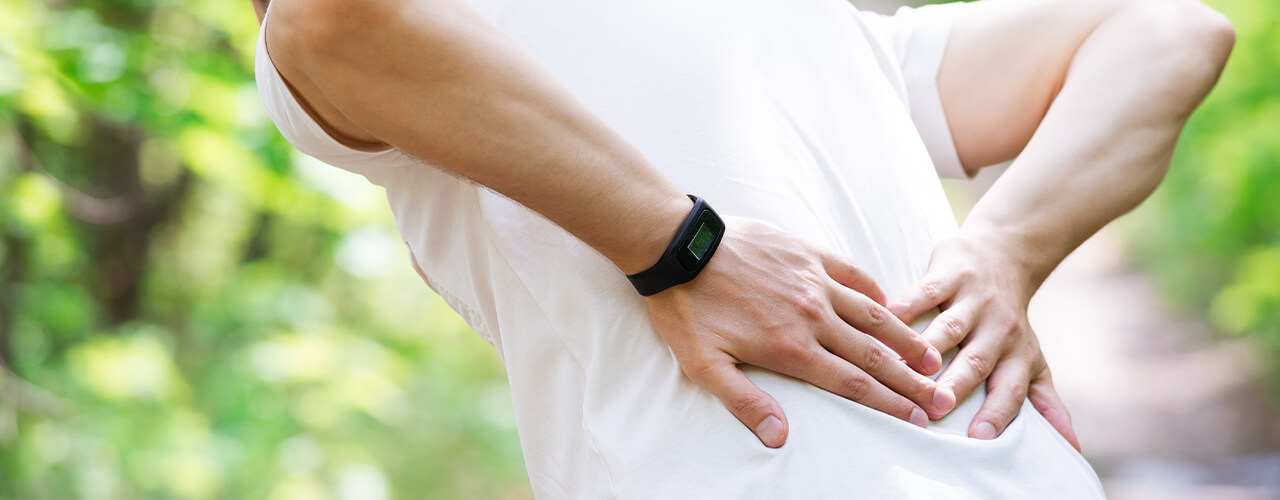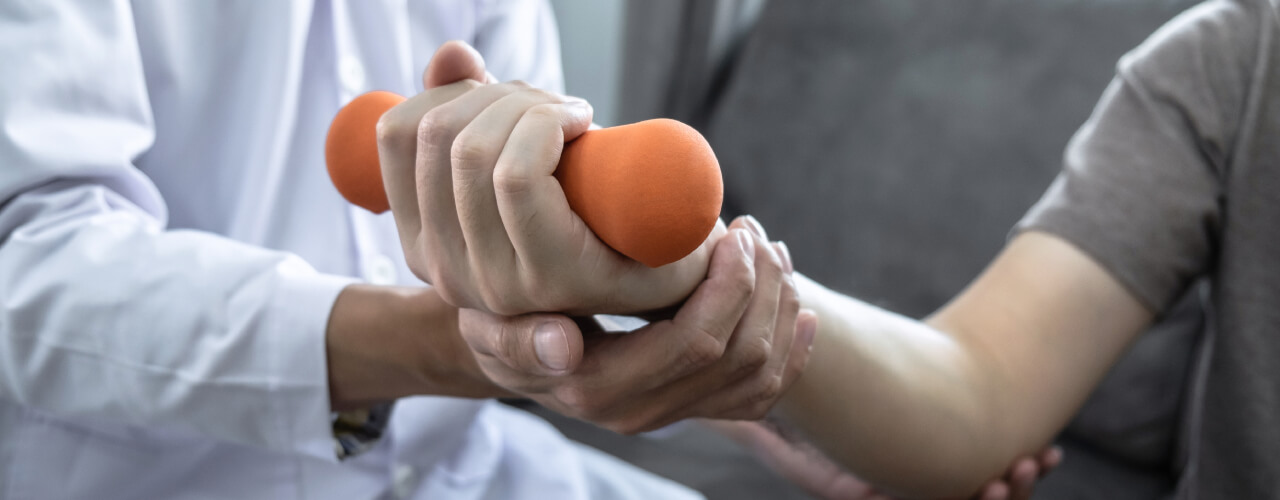Back Pain & Sciatica Pain Relief Chicago, IL
Back pain and sciatica pain are closely related medical conditions. Many times, sciatica pain is the result of a medical back problem. The sciatic nerve is the longest nerve in the human body and consists of nerve roots in the lower back and runs through the buttock and down the back of each leg. Portions of this nerve branch out to the thigh, calf, foot and toes. Sciatica nerve pain is often characterized by the following symptoms.
- Low back pain that radiates down the leg
- Leg pain with burning and tingling
- Numbness in the leg or feet
- Continual pain on one side of the buttock
- Sharp pain
- Trouble sitting and getting up
It’s important to note that sciatica is not a medical diagnosis in itself. It is actually a symptom of an underlying problem. And the root cause must be identified for effective treatment. Common lower back problems that can cause sciatica include degenerative disc disease, lumbar spinal stenosis, lumbar herniated disc and spondylolisthesis.
Degenerative Disc Disease
Disc degeneration is a natural process that often occurs as we age. But, for some people it can occur young. One or more degenerated discs in the spine or lower back can irritate a nerve root and cause sciatica. This disease is diagnosed when a weakened disc is exposed. Bone spurs may also develop with disc degeneration and cause sciatica.
Lumbar Spinal Stenosis
Lumbar spinal stenosis is caused by a gradual narrowing of the spinal canal. It’s also common in the aging process and typically affects those over 50. It can be a result of a bulging disc, enlarged facet joints, arthritis or an overgrowth of soft tissue. Whatever the cause, it can result in back pain and sciatica pain.
Lumbar Herniated Disc
This condition occurs when the soft gel material of the disc leaks out and passes through the outer core. It irritates the sciatic nerve. Sciatica is the most common symptom of a herniated disc. It’s also known as bulging disc, slipped disc, ruptured disc or protruding disc.
Spondylolisthesis
Spondylolisthesis occurs when a small stress fracture causes one vertebrae to slip forward on another. There’s then a disc space collapse. The nerve can get pinched and result in sciatica. Sciatica pain can range from mild to severe.
Treatment for Back Pain, Sciatica Pain, and Low Back Pain: Physical Therapy
Physical therapy for these conditions is effective and usually has two components: passive and active. Passive physical therapy modalities consist of ultrasound, TENS units, heat and ice packs and iontophoresis. Active physical therapy modalities include stretching exercises, back exercises and low-impact aerobic conditioning. Physical therapists typically recommend 20 minutes of dynamic lumbar stabilization exercises per day. Core muscle strengthening is also important in the treatment of back pain. Low-impact aerobics are also important and include water therapy, biking and walking.
Physical therapy is an important component of treating medical issues of the back. When you meet with a physical therapist, there will be a full assessment. Tests will be done and an individualized treatment plan will be developed based on your goals. Your physical therapist is your coach who will help you eliminate pain, perform daily tasks and improve overall general health.
If you’re suffering from back pain, sciatica pain or low back pain, don’t wait any longer for relief. You don’t have to suffer. Be sure to give our office a call to set up a one-on-one consultation and full evaluation. Our physical therapists are certified, experienced and committed to helping you feel better. They’ve helped many others recover from back issues and can help you too. For more information, Contact Us at Chicago, IL Center.
FAQs
What are the causes of back pain?
There are a large number of conditions that can result in back pain. For example, poor posture, car accidents, and sports-related injuries are just a few of the ways that someone may develop back pain. Injury is the most common cause of back pain. This can happen in one of two ways: 1) an instant, sudden trauma, such as a car accident, or 2) repetitive use that puts excessive stress on the back over time, such as bending down several times throughout the week to pick up boxes. Some other factors that may contribute to your back pain include degenerative disc disease, lumbar spinal stenosis, fractures, herniated disc, osteoarthritis, osteoporosis, and tumors of the spine.
Why does my back hurt?
Back pain commonly results from a muscle strain or injury; however, it can also develop as a result of an underlying condition, such as a herniated disc, sciatica, or degenerative disc disease. Poor posture, car accidents, and sports-related injuries are also common ways that someone may develop back pain. Your physical therapist will focus on treating the root of your back pain, in order to help you regain mobility, function, and comfort.
How can I get relief from back pain?
You can treat your back pain with physical therapy. Physical therapy can address back pain by helping to improve your range of motion, strengthening the muscles in the affected areas, and using targeted massage to reduce tension. In many situations, working with a physical therapist to improve can significantly reduce the severity of your back pain, and may even help you avoid more invasive procedures, such as surgery.
What are the best exercises for back pain?
It is common that the muscles used to support the lower back may become weakened from inactivity. We’ll prescribe targeted, easy-to-do exercises that we will walk you through, in order to help your back muscles regain their strength. This will help provide greater support to your spine and reduce any inflammation you may be experiencing. While the best exercises for your back pain are relative to your specific conditions, some common ones your physical therapist may have you do include spine stretches, bridges, and pelvic tilts.



